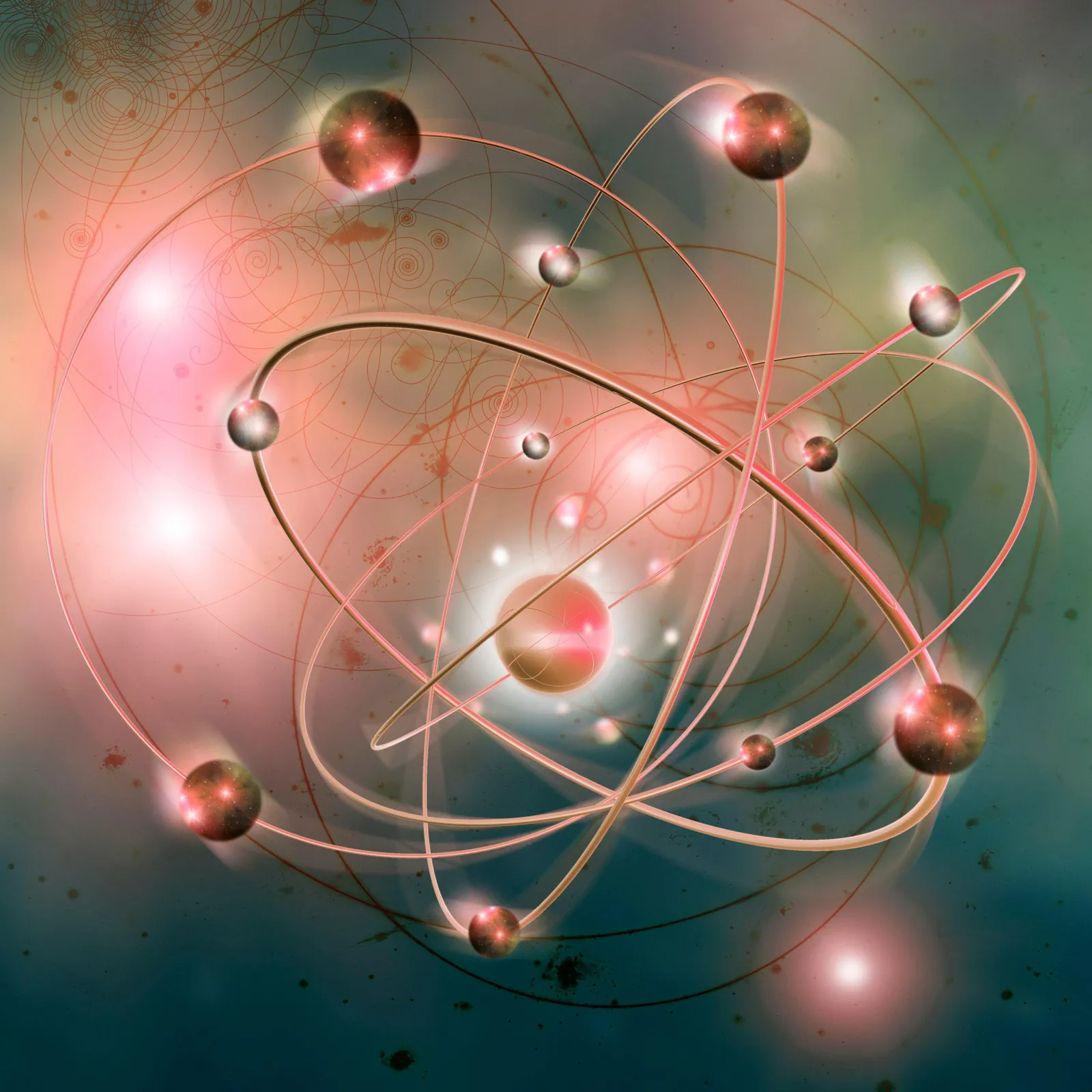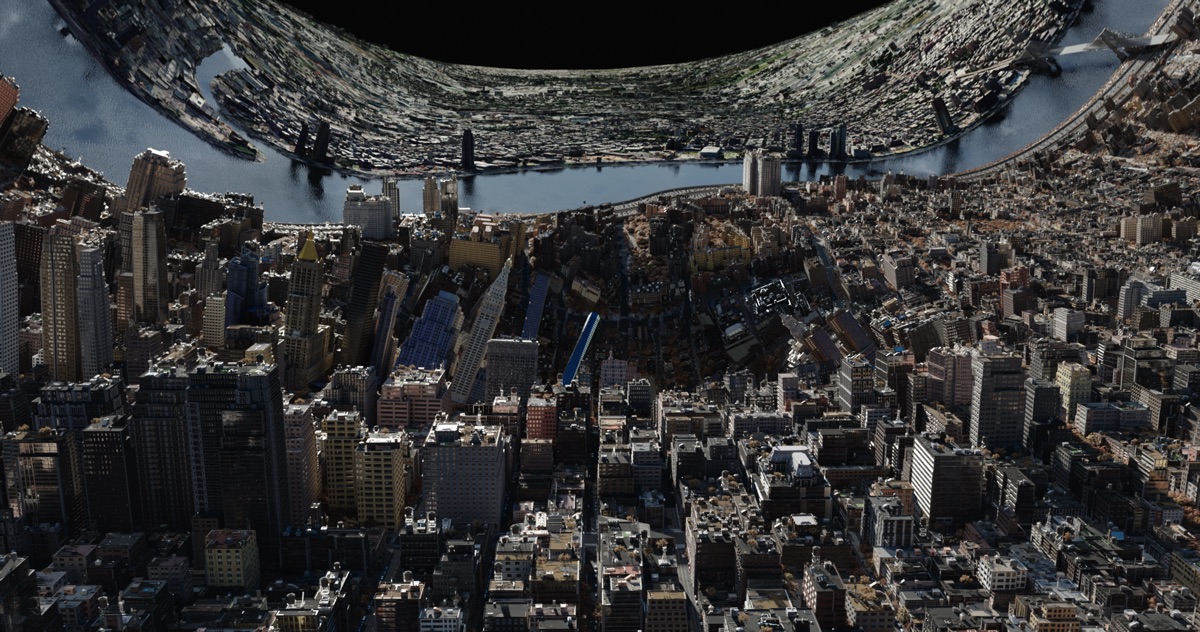What is quantum theorem ? Is mirror dimension exists.?
Quantum theory, also known as quantum mechanics
it's a fundamental theory in physics that describes the behavior of particles at the microscopic level. It was developed in the early 20th century to explain the strange phenomena observed in the subatomic world. Quantum theory revolutionized our understanding of the universe and has numerous applications in various fields, including physics, chemistry, and technology. In this essay, we will explore the key principles and concepts of quantum theory, its historical development, and its implications for our understanding of the physical world.
Historical Development:
The development of quantum theory was a result of the efforts of many physicists, each contributing key ideas and insights. The origins can be traced back to the late 19th century with the discovery of the photoelectric effect by Albert Einstein and the formulation of the blackbody radiation problem by Max Planck. These phenomena could not be explained using classical physics, leading to the need for a new theory.
In 1900, Max Planck proposed that the energy of light is quantized into discrete packets called "quanta." This idea laid the foundation for the concept of quantization, where certain properties of particles can only have specific discrete values. However, it was Niels Bohr's model of the hydrogen atom in 1913 that truly revolutionized our understanding of the atom and paved the way for quantum theory.
Bohr's model introduced the idea that electrons orbit the nucleus in specific energy levels, and they can transition between these levels by absorbing or emitting energy in discrete amounts, or quanta. This concept explained the observed spectral lines in the emission and absorption spectra of atoms and provided a framework for understanding the discrete nature of atomic and subatomic systems.
Key Principles of Quantum Theory:
1. Wave-Particle Duality: One of the most fundamental principles of quantum theory is the wave-particle duality. It states that particles, such as electrons and photons, can exhibit both wave-like and particle-like behavior. This duality is captured mathematically by the wave function, a mathematical description that assigns a probability amplitude to every possible outcome of an observation.
2. Uncertainty Principle: The uncertainty principle, formulated by Werner Heisenberg in 1927, states that there is a fundamental limit to the precision with which certain pairs of physical properties, such as position and momentum, can be known simultaneously. It implies that at the quantum level, the act of measurement inherently disturbs the system being measured.
3. Superposition: Another key principle is superposition, which states that quantum systems can exist in multiple states simultaneously. This means that a particle can exist in a combination, or superposition, of different states until it is observed or measured, at which point it "collapses" into one of the possible states with a certain probability.
4. Entanglement: Quantum entanglement is a phenomenon where two or more particles become linked in such a way that the state of one particle is correlated with the state of the others, regardless of the distance between them. This phenomenon, famously referred to as "spooky action at a distance" by Einstein, has been experimentally confirmed and is the basis for quantum information and quantum computing.
Mathematical Framework:
The mathematical framework of quantum theory is based on linear algebra and the Dirac notation, developed by Paul Dirac. In this framework, physical states are represented by ket vectors, and observables, such as position or momentum, are represented by operators. The wave function, denoted by the Greek letter psi (ψ), evolves over time according to the Schrödinger equation, a partial differential equation that describes the dynamics of quantum systems.
Applications and Implications:
Quantum theory has profound implications for our understanding of the physical world and has led to numerous technological advancements. Some notable applications include:
1.
Quantum Computing: Quantum computers leverage the principles of superposition and entanglement to perform certain computations exponentially faster than classical computers. They hold the potential to revolutionize fields such as cryptography, optimization, and drug discovery.
2. Quantum Cryptography: Quantum key distribution enables secure communication by using the principles of quantum mechanics to transmit encryption keys. It provides a level of security that cannot be breached by any eavesdropper, based on the laws of quantum physics.
3. Quantum Mechanics in Technology: Quantum mechanics plays a crucial role in the development of technologies such as lasers, transistors, and magnetic resonance imaging (MRI). These technologies rely on the behavior of quantum systems to function effectively.
4. Fundamental Understanding of Nature: Quantum theory has allowed scientists to delve into the fundamental nature of reality and explore the building blocks of the universe. It has led to the development of unified theories, such as quantum field theory, which aims to reconcile quantum mechanics with the principles of special relativity.
The mirror dimension
it's a concept commonly associated with the idea of a multiverse, a theoretical framework that suggests the existence of multiple parallel universes. In this vast cosmic landscape, the mirror dimension stands out as a fascinating and intriguing possibility, offering a unique perspective on reality and the nature of existence.
1 .To fully grasp the concept of the mirror dimension, we must first understand the fundamentals of the multiverse. According to various scientific and theoretical models, the multiverse proposes that our universe is not the only one, but rather one among countless others, each existing independently with its own set of physical laws and constants. These universes may be similar to ours or vastly different in terms of their properties and configurations.
2. The mirror dimension, as its name implies, suggests the existence of a parallel universe that mirrors our own in some way. It is not a simple reflection or duplication of our universe but rather a realm that exhibits similarities, yet possesses distinct characteristics and properties. Just as a mirror reflects an image, the mirror dimension reflects our reality but also offers unique aspects that differentiate it from our familiar world.
3. In the mirror dimension, the laws of physics, the fundamental forces, and the nature of matter and energy might vary, creating a realm with its own set of rules. This alternate reality could possess different physical constants, alternate histories, and even different forms of life. It could be a place where the laws of gravity, electromagnetism, and quantum mechanics operate differently, giving rise to strange and extraordinary phenomena.
4. One fascinating aspect of the mirror dimension is its potential to challenge our perception of reality and raise profound philosophical questions. If the mirror dimension exists, it would imply that there are infinite possibilities and variations of our universe. It suggests that every decision, every event, and every outcome could have multiple branches, each unfolding in a different universe within the multiverse.
5. The mirror dimension also opens up intriguing possibilities for travel and exploration. Just as we can imagine astronauts venturing into outer space, we could conceive of individuals journeying into the mirror dimension, exploring its unique landscapes, encountering different forms of life, and witnessing exotic phenomena that defy our current understanding.
6. In popular culture, the concept of the mirror dimension has been depicted in various forms. It has appeared in literature, such as the works of science fiction authors like Philip K. Dick, where alternate realities and multiple universes are central themes. In movies and television, the mirror dimension has been portrayed as a parallel world, accessible through portals or gateways, where characters can experience bizarre and fantastical adventures.
7. It is important to note that while the concept of the mirror dimension is captivating, it remains within the realm of speculation and scientific theory. As of now, there is no empirical evidence to support the existence of the multiverse or the mirror dimension. However, theoretical physicists and cosmologists continue to explore these concepts through mathematical models and thought experiments, pushing the boundaries of our understanding of the universe.
conclusion
the mirror dimension offers a fascinating glimpse into the possibilities of a multiverse, a cosmic tapestry of parallel universes with their own unique properties. It represents a realm where reality mirrors our own but also diverges in profound ways, challenging our perception of existence and inviting us to explore the infinite possibilities of the cosmos. While its existence remains speculative, the concept of the mirror dimension sparks our imagination and pushes the boundaries of scientific inquiry, reminding us of the vast mysteries that still await discovery.






Comments